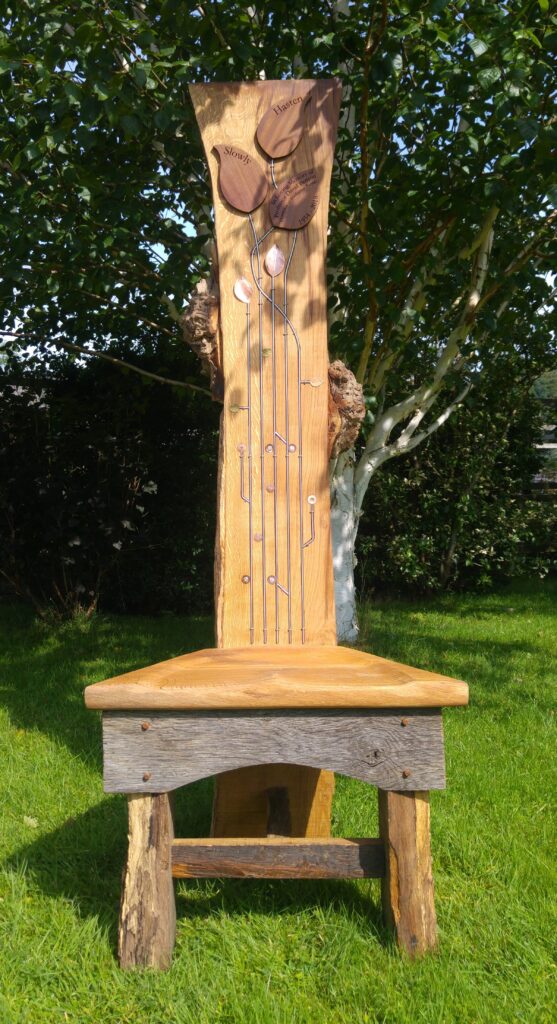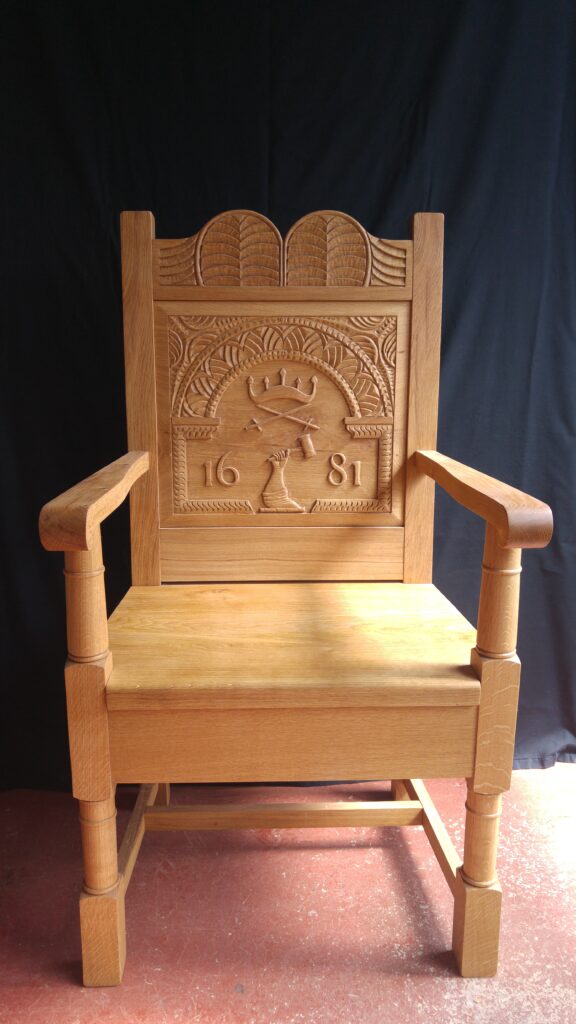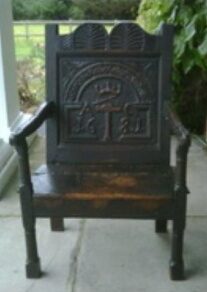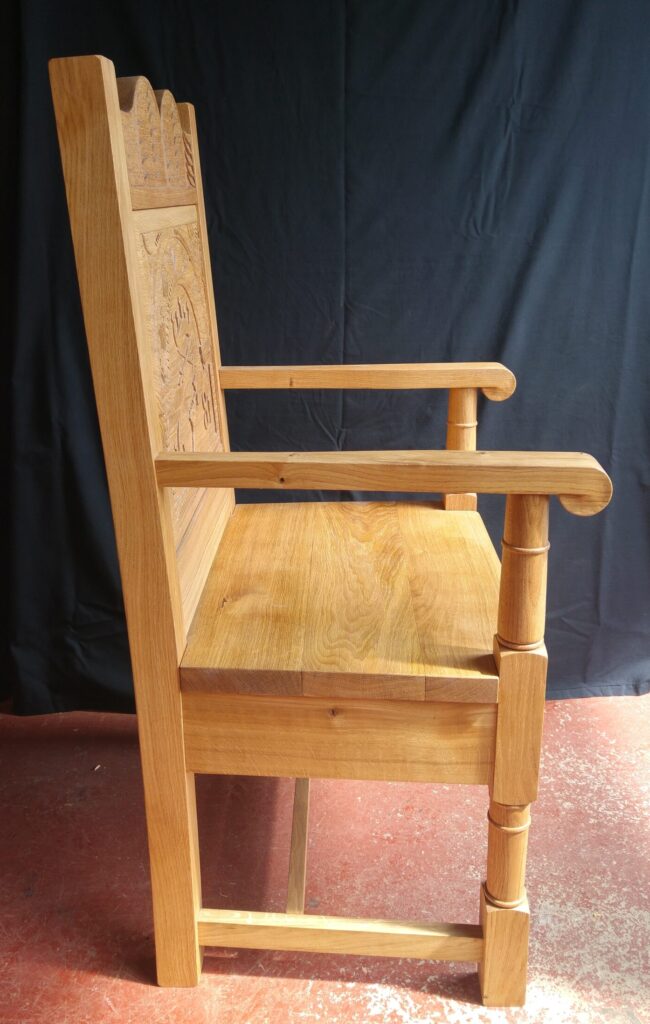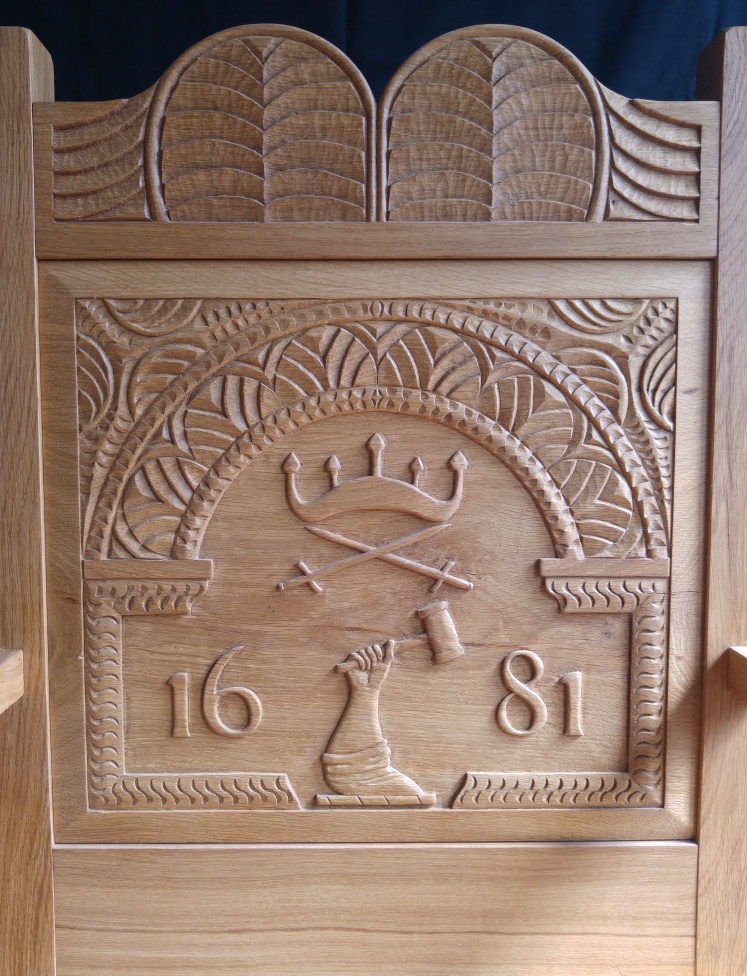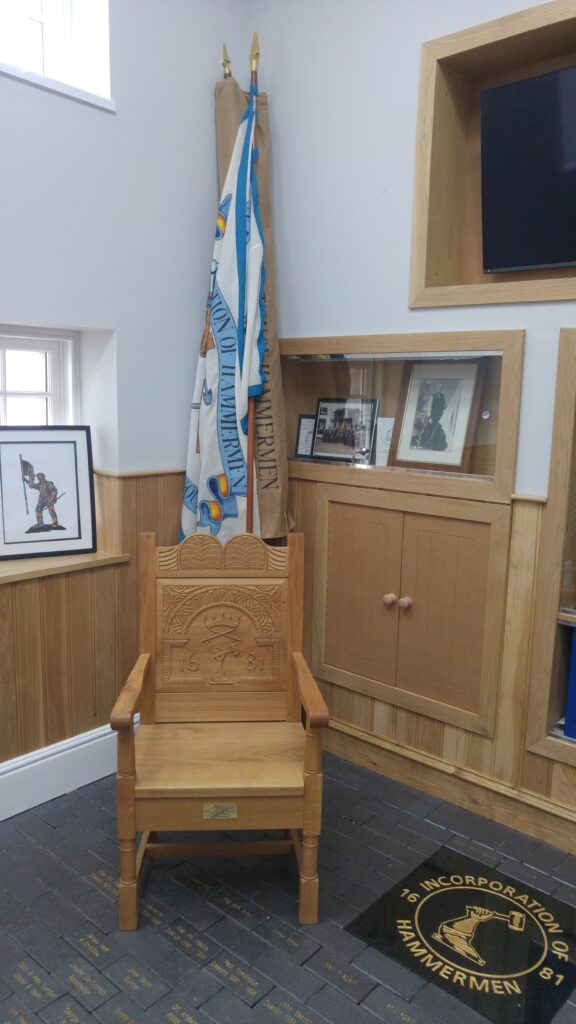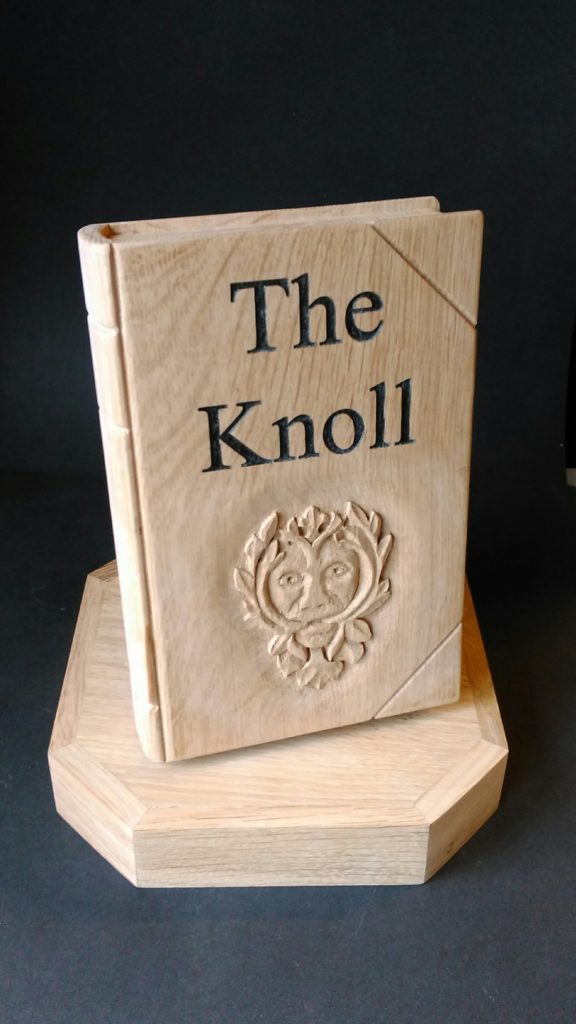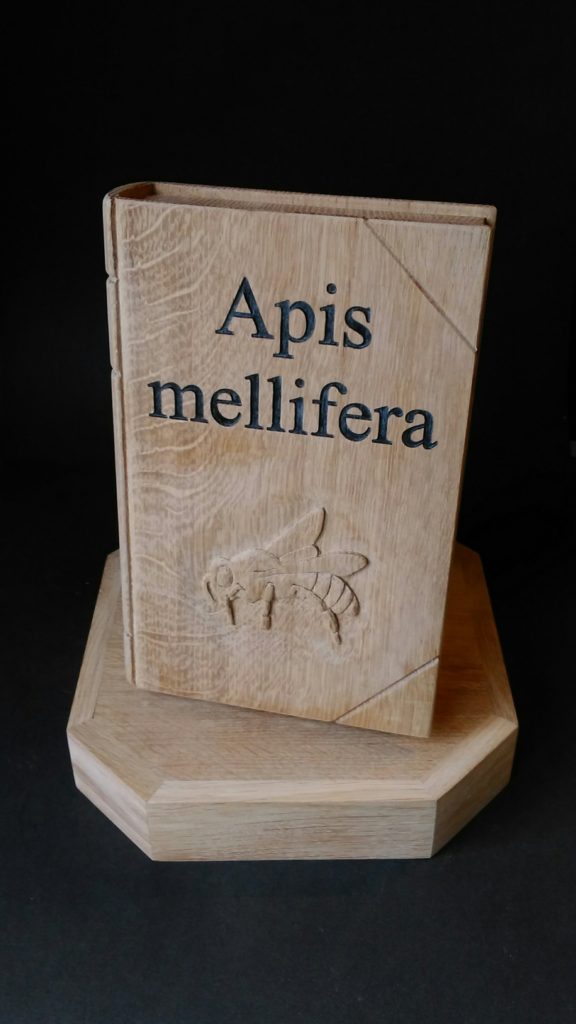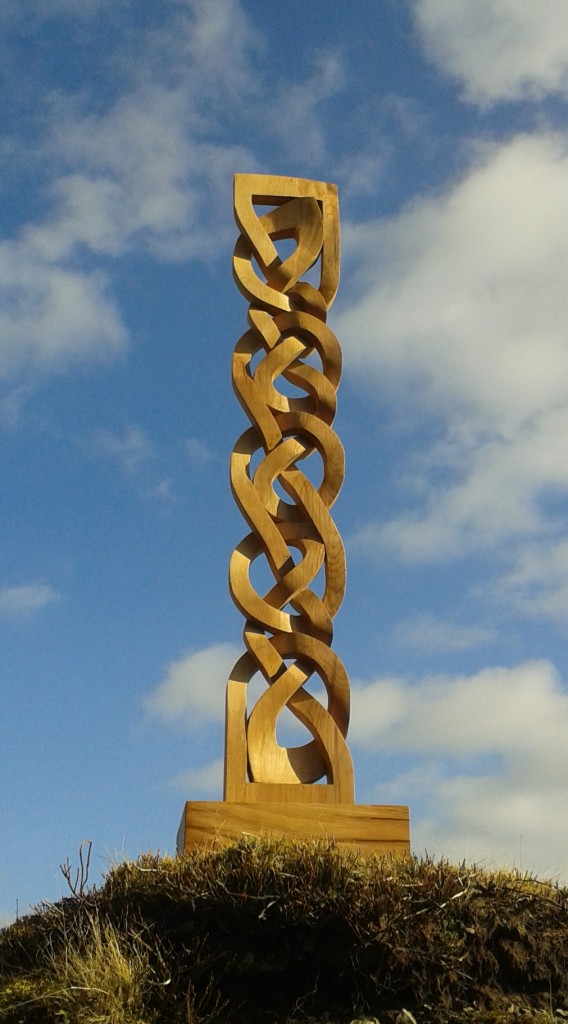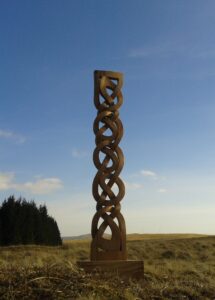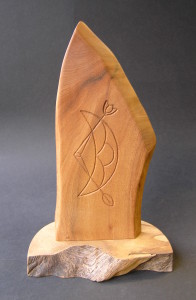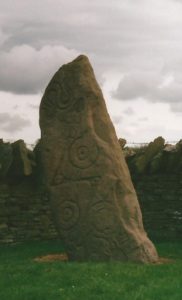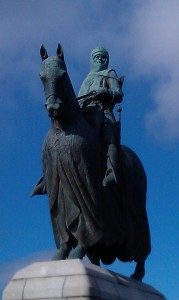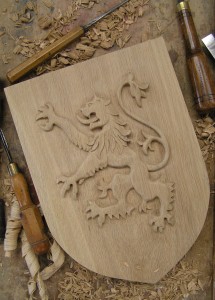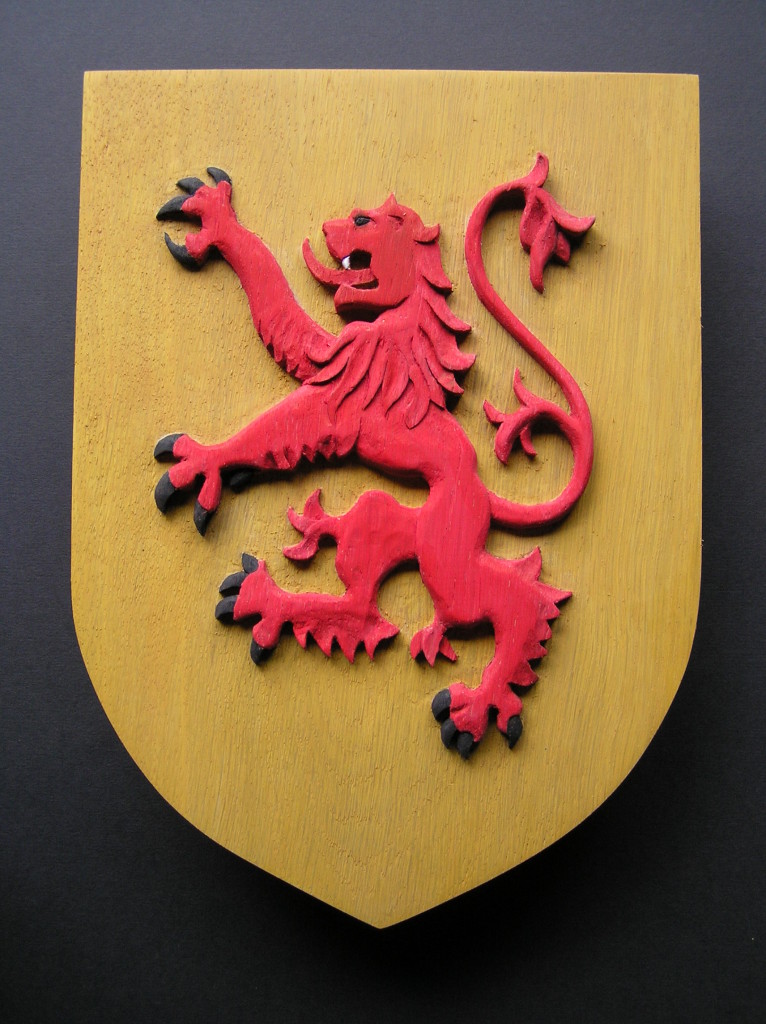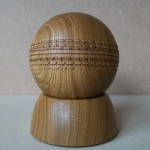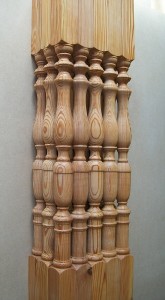I was approached by Callum Egan of Napier University, Edinburgh, to design and make an interactive storytelling chair. It was also to be part memorial for Calum’s late colleague Professor David Benyon who had shared the vision for the chair. It was to be used outdoors for classes in Napier’s Lions’ Gate Interactive Permaculture Gardens. After discussing ideas we decided on the chair having decoration to represent both circuit board technology and elements from nature.
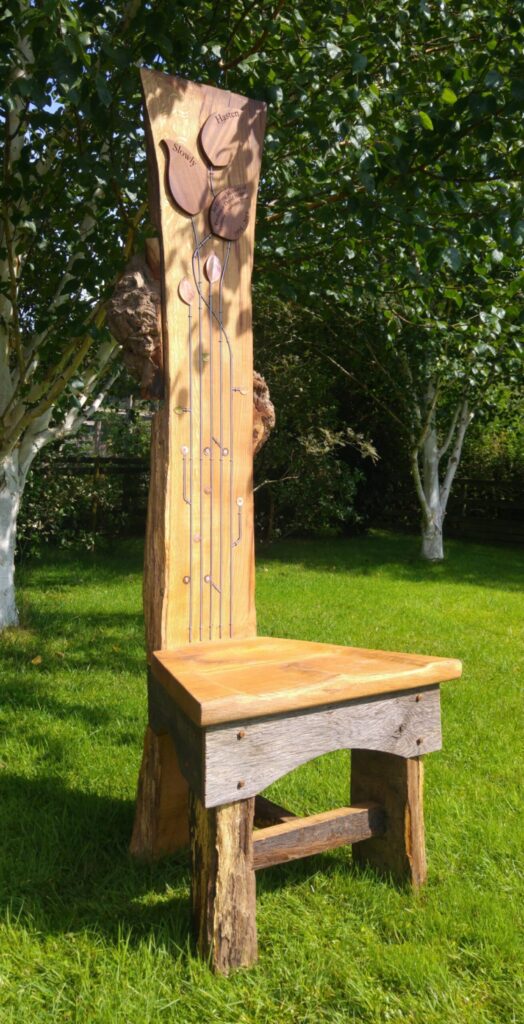
Decoration
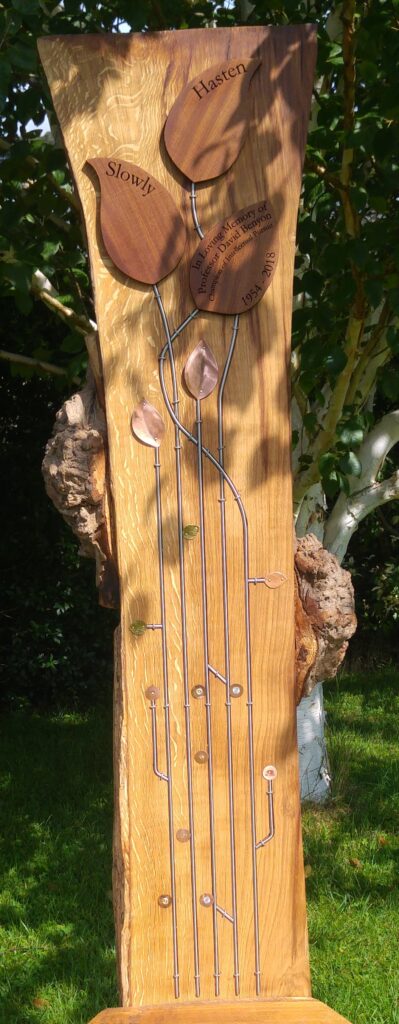
I used stainless steel rods, recycled copper nails, recycled brass and copper pipe to form a circuit board pattern. This gradually morphed into a plant like layout. I polished all the copper and brass before fitting the shapes to the back. I left the metal bare so the pieces would change colour over time due to verdigris. The larger leaves were made from reclaimed teak wood which originally came from lecture theatres at Edinburgh University’s Appleton Tower. These were then laser etched with the commemoration and motto “Hasten Slowly”.
I made the chair itself from locally sourced oak and some reclaimed oak from the door to a Victorian walled garden. I was replacing the door as part of another project. The wood had a lovely grey weathered appearance and looked ancient, which had been part of the initial brief. I gave the completed throne several coats of teak oil to waterproof it. This finish can be reapplied easily without having to sand the wood.
I hollowed out two sections of burr wood so there was space to fit Bluetooth speakers inside. These were then fitted to the chair back. The burrs are removable so the speaker batteries can be recharged. The burrs were located about head height when seated. Perfect for the interactive storytelling chair to speak to the person sitting on it! Ideas and talks on sustainability and permaculture can now be delivered by the chair itself or from a seated lecturer or guest speaker.
